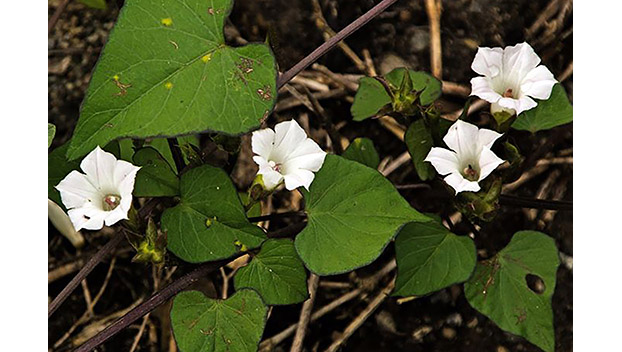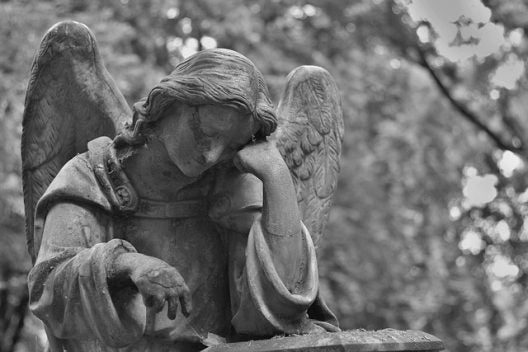When plants bloom
Published 3:59 pm Thursday, April 7, 2022

- Small white morning glory flowers open very early and only stay open for a day.
|
Getting your Trinity Audio player ready...
|
I’m fascinated by plants that bloom at a specific time every day. That old garden favorite, the four o’clock, opens every afternoon around 4 p.m. and proceeds to flood the air with a heady floral scent all through the night. There’s nothing like sitting on the back porch on a hot, humid summer night and just feeling enveloped by their fragrance.
I’m equally fascinated by the quill fameflower, a tiny native plant with magenta flowers on tall skinny stems that grows on rock outcrops. Each flower only lasts one day and has a fairly definite time when it opens and closes. Every summer I struggle to photograph this plant. If I arrive 45 minutes too late, all the flowers will be closed. If I arrive 45 minutes too early, however, and am willing to wait, I just might be able to watch it open. Patience is definitely required.
I’m not the only one obsessed by the vagaries of when plants bloom. For many years, botanists have observed the bloom times of plants. In the mid-1700s, Linnaeus published the Philosophica Botanica in which he used his observations to divide plants into Meteorica, those that open and close according to the weather; Tropica, those that follow the changes in daylight; and Aequinoctales, those that open at precisely the same time every day. From the third group, he made a list of plants that would roughly follow the hours on a clock and ever since gardeners have been obsessed with creating a version of his clock.
There are a number of factors that affect when plants bloom. Flowers have evolved along with their pollinators, so their blooms are open when their pollinators are most active. Other factors that affect when plants bloom include ambient temperature, day length, genetic elements, and yes, even the plant’s circadian rhythm. Some plants are short day bloomers, meaning they require fewer than 12 hours of light, so their flowers appear in early spring or fall. Both chrysanthemums and spring ephemerals are short day plants. Long day plants require more than 12 hours of sunlight to bloom. Asters and coneflowers are both long day plants.
Using Linnaeus’s list, plus a few other species, a floral clock might include these plants to denote the hours. Bear in mind that the bloom times aren’t precise and that Linnaeus was working in Sweden where summer days are very long, and winter days are far shorter than here
• 3 to 5 a.m. – Goatsbeard, chicory and morning glory
• 6 to 8 a.m. – Mouse-ear hawkweed
• 9 to 10 a.m. – Swamp rose mallow, native water lilies
• 12 to 2 p.m. – Sow thistle
• 3 to 5 p.m. – Quill fameflower and four o’clocks
• 6 to 8 p.m. – Sundrops, evening primrose, brugmansia, datura
• 9 to 11 p.m. – Moon flower
Including flowers that open at different times during the day in a garden is a great way ensure that color and fragrance can be enjoyed both early in the morning and late at night. It’s especially pleasant to enjoy the scent of late day and night bloomers during the summer.
Dr. Cynthia Wood is a master gardener. Her email address is cynthia.crewe23930@gmail.com.





